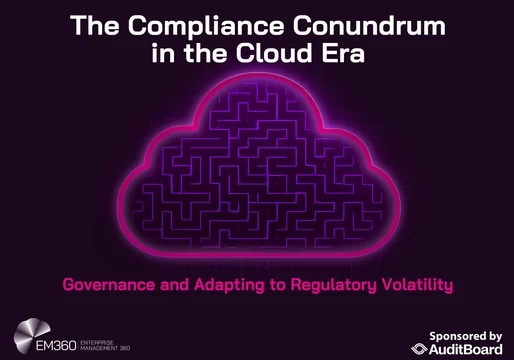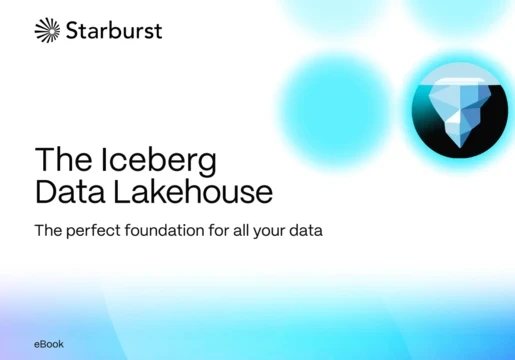AI promises better customer journeys. The reality on the ground is messier. Teams still fight with fragmented data, inconsistent governance, and value stories that do not hold up once you leave the demo. This Informatica whitepaper looks at where organisations are genuinely ready for AI-enabled engagement, where they are not, and what it takes to move from isolated wins to repeatable outcomes.
Who This Is For
Leaders accountable for customer outcomes and the data that powers them. Chief Data Officers and CIOs who need confidence that AI-ready data is more than a slogan. CMOs, Heads of CX, and product leaders who want engagement programmes that work outside of a pilot. Risk and compliance teams who need clear controls without slowing delivery.
Why this matters now
Customer expectations are rising. So are AI ambitions. But many front-line teams still do not trust the data they are asked to use. IT may report solid platforms and good coverage, yet business users see gaps in accuracy, timeliness, and visibility across channels and regions. That disconnect slows everything.
It undermines decisions, blunts personalisation, and invites risk when models are fed with inconsistent inputs. If the goal is meaningful engagement at scale, the work starts with customer data you can rely on and governance that keeps pace with the speed of delivery.
What The Whitepaper Delivers
This is a practical guide to readiness, not a tour of features. The analysis frames AI-enabled customer engagement around the attributes that matter in production: accuracy, consistency, completeness, timeliness, accessibility, usability, findability, integration, privacy, security, and lineage.
It then shows how those attributes surface in day-to-day CX tasks, from journey orchestration and service triage to proactive retention and cross-sell. You get a clear diagnostic lens. Which attributes are strong in your organisation. Which are holding back value.
Where IT believes the problem is solved, and where business teams experience friction. That shared view is the basis for better prioritisation, more focused investment, and a delivery model that does not outrun trust.
The gaps leaders need to close
Three patterns show up consistently. First, trust in data is uneven. Senior leaders are often more confident than the people who use the data every day. Second, visibility is not the same as usefulness. You may have a so-called 360° view, but if teams cannot find what they need, or cannot judge whether the fields are current and complete, the “whole view” becomes noise.
Third, there is a definition problem. Many teams talk about being “AI-ready” without agreeing what that means in practices, checks, and ownership. The paper gives you working definitions you can adopt, and examples you can translate into your operating model.
How To Use This Inside Your Organisation
Treat the findings as a working brief for your AI and CX roadmap.
- Set a baseline against the eleven attributes. Confirm which customer data sets are trustworthy today, which need remediation, and where ownership is unclear.
- Align on value early. Pair productivity and campaign metrics with risk and customer measures. Make success defensible in a board pack, not just in a demo.
- Put governance into the flow of work. Translate policy into checks and approvals that are specific, testable, and fast. Keep auditability without slowing delivery.
- Close the collaboration gap. Create joint rituals between business and IT so definitions, data contracts, and quality standards do not diverge over time.
- Rationalise where friction is highest. Reduce duplicate tools and complex integrations that add drag and create conflicting versions of the truth.
- Invest in skills that compound. Build data literacy and AI fluency in the teams that plan and execute customer engagement, not only in central IT.
What Sets This Study Apart
It focuses on the friction that teams actually face, not abstract maturity models. The findings show where executives, IT, and business users agree, and where they do not. That makes it useful as a conversation starter with stakeholders who see the same landscape from different angles. It is also concrete. The readiness attributes and examples can be lifted into roadmaps, operating guidelines, and training without translation work.
Use cases this helps you move faster
If you are rolling out journey personalisation, building proactive service, or improving retention, this paper will help you avoid the usual traps. Set gating criteria for production that centre on the attributes most likely to fail under load. Tie model performance to upstream data quality, not just downstream metrics. Make privacy and security part of the design, not a final review. And keep a clear boundary between experiments and services so you are not forced to defend results built on shaky inputs.
Why Download Now
The next set of CX bets will be won by teams who can prove that their data is trustworthy, their governance is workable, and their value story is complete. This whitepaper gives you a shared framework, a way to spot hidden gaps, and language that holds up in a board pack and on the service desk. Use it to align leaders, focus spend where it matters, and build AI-enabled engagement that customers actually feel.








Comments ( 0 )